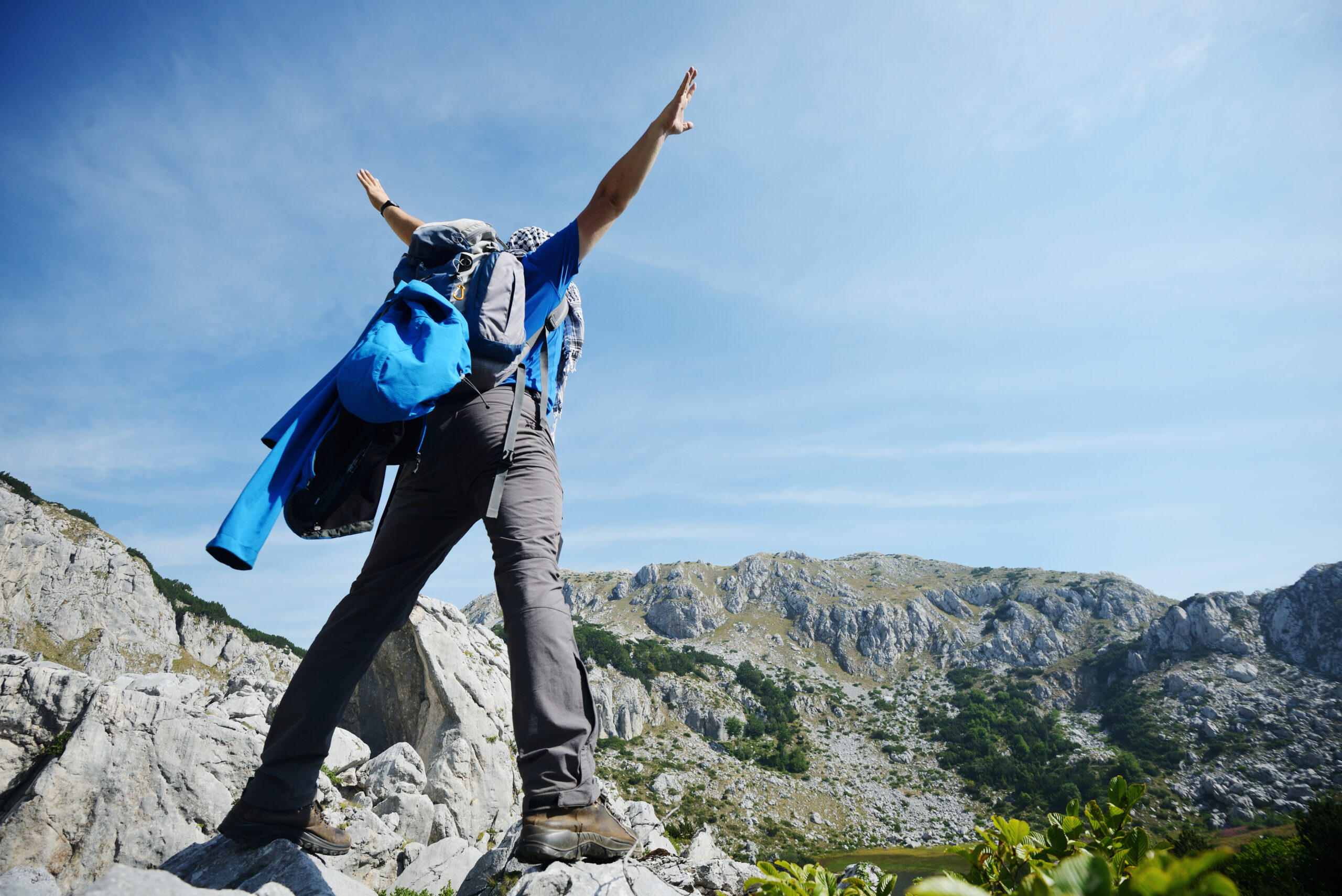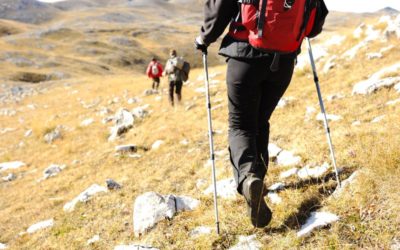As the title suggests, this blog post is all about staying safe while hiking alone. Hiking can be a thrilling and rewarding experience, but it’s essential to take necessary precautions when embarking on a solo hike. In this article, we will discuss tips and tricks from an expert that will help you stay safe during your next hiking adventure.
Introduction to Hiking Alone
Hiking alone can be both exhilarating and challenging. It allows you to enjoy nature at your own pace without any distractions or interruptions. However, it also comes with its set of risks and dangers. Before setting out on a solo hike, it’s crucial to plan carefully, prepare adequately, and know how to handle potential emergencies.
Essential Gear for Hiking Alone
The first step in planning your solo hike is to gather the right gear. Here are some essentials that you must carry:
Sturdy shoes or boots with good traction
Appropriate clothing for the weather, including layers that can be easily added or removed
A map and compass or GPS device
Plenty of water and high-energy snacks
Sunscreen and insect repellent
First aid kit with bandages, antiseptic wipes, and pain relievers
Planning Your Hike
Once you have your gear ready, it’s time to plan your route. Choose a trail that suits your skill level and fitness level. Research the terrain, elevation gain, and distance of the trail beforehand. Make sure to check the weather forecast and adjust your plans accordingly. Consider letting someone know where you’re going and when you expect to return.
Staying Safe on the Trail
Now that you’ve planned your hike, it’s vital to follow certain safety measures to ensure a smooth and enjoyable trip. Here are some tips to keep in mind:
Stick to designated trails and avoid off-trail exploration.
Be aware of wildlife and their habits. Know what to do if you encounter dangerous animals such as bears or mountain lions.
Carry enough food and water to last longer than expected. Dehydration and hunger can lead to fatigue and poor decision making.
Take breaks regularly to rest and recharge.
Use caution near steep drops, loose rocks, and streams.
Common Dangers and How to Avoid Them
While hiking alone can be thrilling, there are several common dangers that you should be aware of. Some of these include:
Injuries from slips, falls, or tripping
Exposure to extreme temperatures or weather conditions
Getting lost or disoriented on the trail
To avoid these dangers, here are some additional tips:
Warm up before starting your hike to prevent injury.
Watch your footing and use trekking poles for stability if needed.
Dress appropriately for the weather and wear sun protection.
Bring a whistle or signaling device to call for help if needed.
Conclusion
In conclusion, hiking alone can be a fantastic way to connect with nature and challenge yourself physically. By following these tips and taking necessary precautions, you can minimize risk and maximize fun on your next solo hike. Remember to always assess your skills and abilities realistically, plan thoroughly, and stay alert and prepared on the trail. Happy hiking!

Related Content
- Escape the City and Find Peace on These Serene Hiking Trails
- Trek Through the Wilderness: 5 Must-Try Hiking Trails for Adventure Seekers
- Exploring the Great Outdoors: Incredible Hikes Around the World
- 5 Breathtaking Hikes with Panoramic Views That Will Take Your Breath Away
- Get Smart And Follow These Tips When You Plan Your Next Trip



